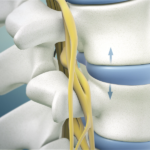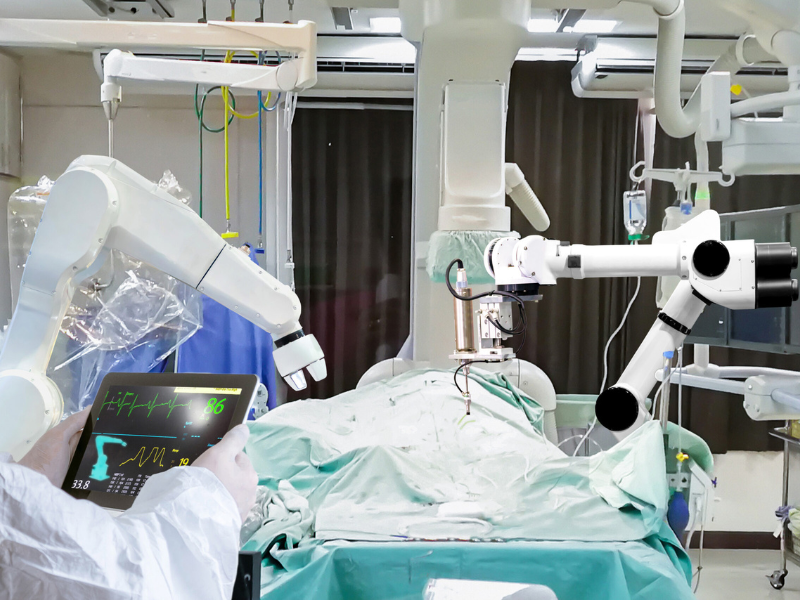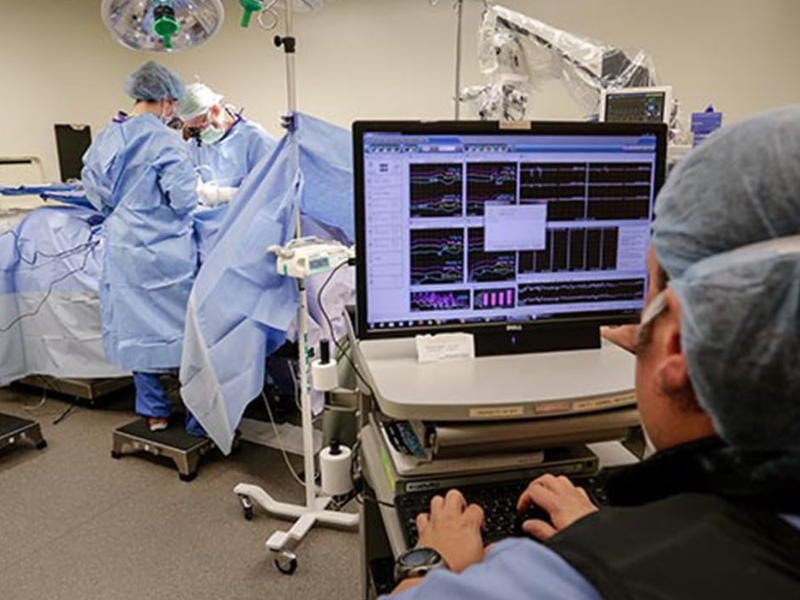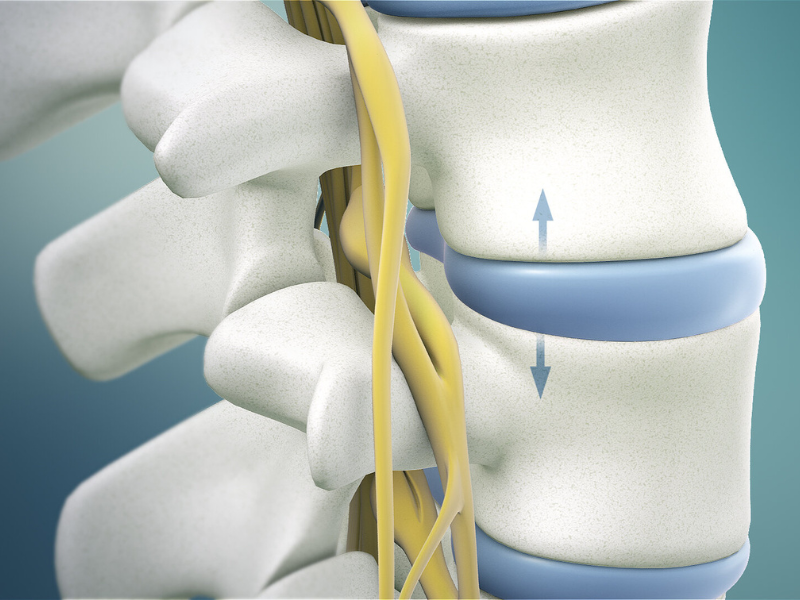
Understanding Degenerative Disc Disease
July 15, 2023
The Link Between Healthy Weight and Back Pain: Tips for Prevention and Relief
September 15, 2023The field of robotics has witnessed significant advancements in recent years, and its influence extends beyond science fiction. One area where robotics has revolutionized healthcare is in spinal surgery. The integration of robotic technologies into spinal procedures has opened up new possibilities, enhancing precision, safety, and patient outcomes. In this blog, we will explore the revolutionizing spinal surgery: the remarkable benefits of robotics spinal surgery and shed light on the transformative impact it has had on the field.
Enhanced Precision
Robot-assisted spinal surgery provides unparalleled precision that surpasses the capabilities of human hands alone. By utilizing robotic systems, surgeons can achieve pinpoint accuracy during complex procedures. Robotic arms equipped with advanced imaging systems and sensors provide real-time feedback, allowing surgeons to precisely navigate delicate spinal structures. This high level of precision minimizes the risk of complications and improves surgical outcomes.
Minimally Invasive Approaches
Robotics has facilitated the development of minimally invasive techniques in spinal surgery. These procedures involve smaller incisions, reducing blood loss, postoperative pain, and the risk of infection. With the aid of robotic assistance, surgeons can access the spine through smaller openings, resulting in faster recovery times and reduced hospital stays for patients. Minimally invasive robotic procedures also lead to cosmetically appealing surgical scars.
Improved Safety
Safety is paramount in any surgical procedure, and robotics plays a vital role in enhancing patient safety during spinal surgeries. Robotic systems offer real-time imaging, enabling surgeons to accurately identify and avoid critical structures, such as nerves and blood vessels. By minimizing the risk of accidental damage, robotics reduces the likelihood of complications and improves patient safety.
Customized Treatment
Every patient is unique, and robotic technology allows for personalized treatment plans in spinal surgery. Preoperative imaging data can be integrated into robotic systems, enabling surgeons to create 3D models of a patient’s spine. This comprehensive visualization assists surgeons in planning and executing procedures tailored to the patient’s specific anatomy, ensuring optimal surgical outcomes and reducing the risk of postoperative complications.
Improved Surgical Training and Education
Robotics has not only transformed surgical procedures but also enhanced training and education in spinal surgery. Surgeons can use robotic systems to simulate complex procedures, allowing them to practice and refine their skills in a controlled environment. This immersive training enhances surgical proficiency and contributes to better patient care. Furthermore, robotic technology enables surgeons to collaborate and share knowledge remotely, fostering a global network of expertise. The integration of robotics into spinal surgery has brought about a paradigm shift in the field.
The benefits of enhanced precision, minimally invasive approaches, improved safety, customized treatment, and enhanced surgical training have transformed the way spinal surgeries are performed. With ongoing advancements in robotic technology, we can expect even greater improvements in patient outcomes and a continued revolution in spinal surgery. As robotics continues to evolve, it will undoubtedly shape the future of healthcare, ensuring better quality of life for patients and opening new frontiers in surgical innovation.





